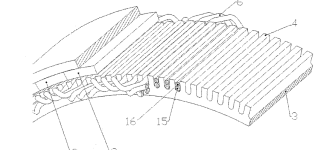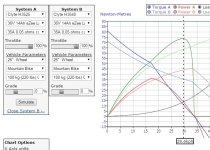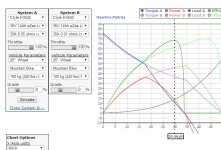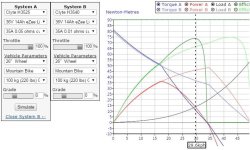liveforphysics
100 TW
Transverse flux switched reluctance is the penultimate. Copper fills >1. No drag beyond windage and bearing friction and tire losses when unpowered.
Pretty tough to match that. And it's easy to manufacture by being wound with simple round ribbon coils.
Pretty tough to match that. And it's easy to manufacture by being wound with simple round ribbon coils.





